I'm H&G's Interiors Therapist – here's how to spot a 'divorce house'
It’s taken me over 30 years to pin some of these down, so I’ll save you lots of time and heartache by sharing them here
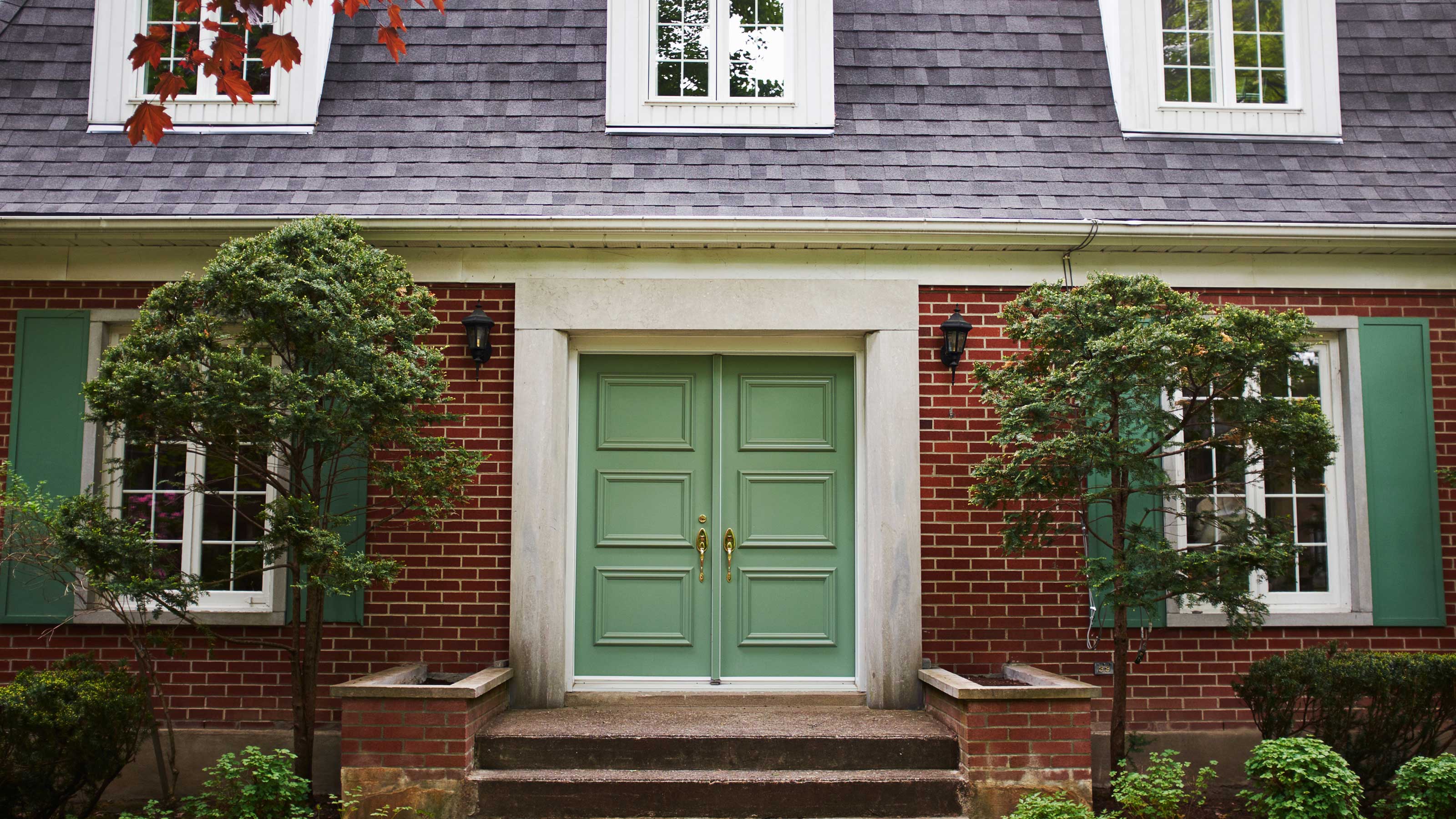
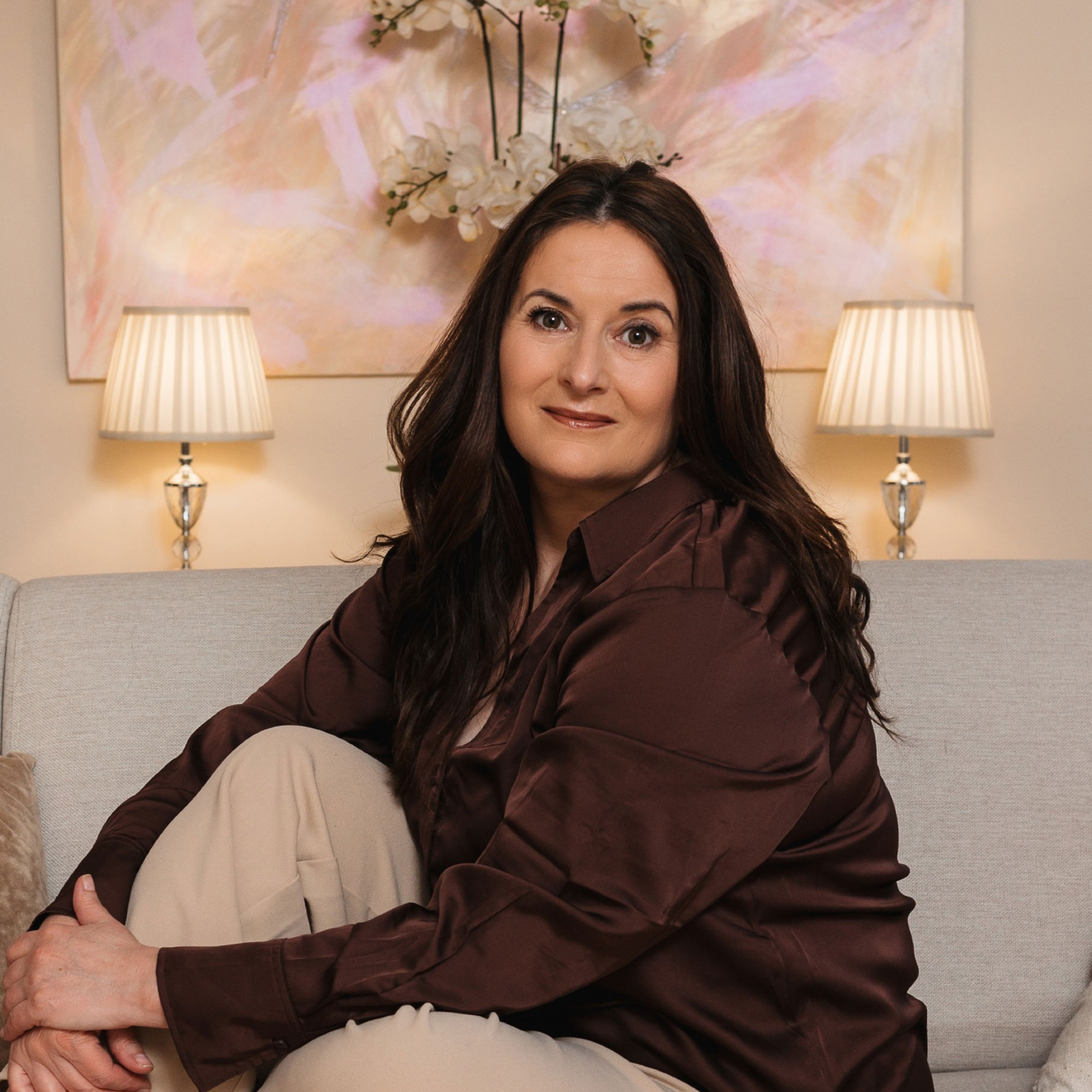
Have you ever wondered why some streets or houses become ‘divorce central’ while other roads are full of ‘forever homes’ that rarely come onto the market? Whether you’re in the market for a beautiful new home or selling after a break-up, this feature has something for you.
As H&G’s Interiors Therapy and Feng Shui expert, I find myself on both sides of the property market, working with vendors and purchasers in different ways. Firstly, I help prospective vendors prepare homes for sale both physically and energetically. We use their own possessions and some Feng Shui magic to attract the best sale price and a genuine, motivated buyer.
Conversely, I see things from the other perspective when I work with potential buyers who are looking for a home with good Feng Shui and a positive history, or one that will have great energy after it has been renovated.
How to spot a 'divorce house'
And that brings us to ‘divorce houses.'
What is a 'divorce house'?
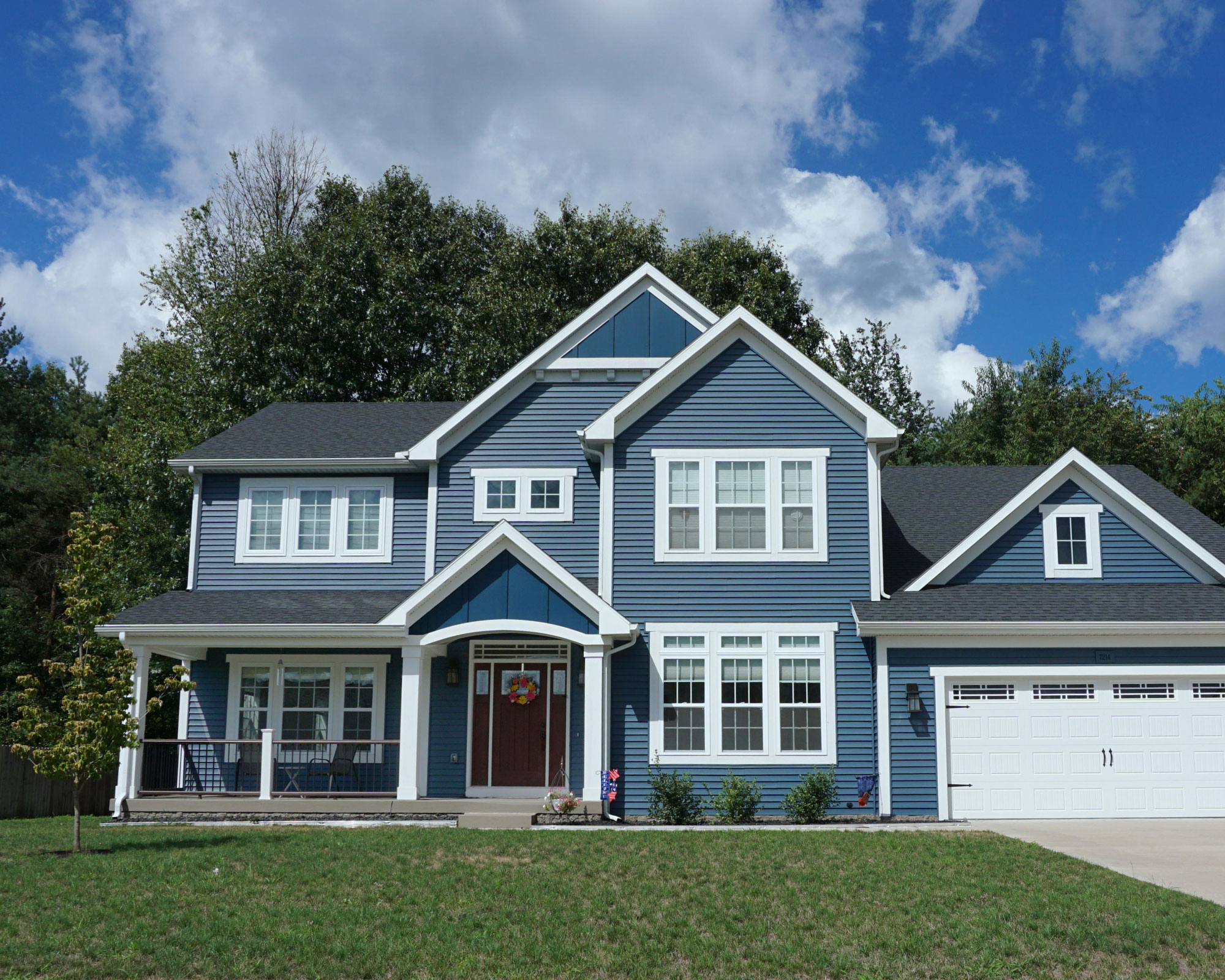
A ‘divorce house’ is a property being sold due to divorce, or which has a track record of couples breaking up.
We’ve all been aware of these houses – perhaps we’ve lived in them, so why does it matter? Well for two primary reasons. Like it or not, some properties do seem to attract difficult relationships. There is a Feng Shui reason for this, which I’ll explain later, but to put it bluntly, many property-hunting couples are a bit squeamish about moving into a property where the current owners are divorcing, simply because they don’t want to jinx their families or put their own marriage at risk.
The second reason is purely financially motivated, and it’s why I always encourage a divorcing couple to rise above their squabbles and present the house for sale in the best possible light. Buyers, developers, and house flippers don’t give a hoot about the marital situation and will often assume that a divorcing couple is desperate to sell.
The more cunning and ruthless will do all they can to knock down the price and manipulate the seller, wasting time with cheeky or insulting offers and generally being a nuisance, which just adds to the stress of selling. There are, it's worth noting, a few Feng Shui rules to follow that can aid a swift house sale.
I believe it makes sense to understand why a house might be particularly prone to marital breakdown and to have a sense of what potential buyers notice at a conscious and subconscious level which can give the game away.
Understand the four house types of Feng Shui
Let’s start with house types. I discovered the concept of ‘house types’ when I trained in traditional compass Feng Shui and learned there are certain house types that predispose a building to divorce or illness. Suddenly all those years of curiosity about why houses seemed happy or sad started to make sense.
There are four basic Feng Shui house types, and from the following summaries, you can probably make an educated guess about which one you are living in.
- Good for people and money: This is the ‘happy ever after’ home that seems lucky for whomever lives there. Any hiccups or challenges are quickly resolved and money flows easily into the coffers.
- Good for people/bad for money: A predominantly happy and healthy home, but there’s never enough money despite the earning capabilities of the occupants. Even a big bonus disappears into emergency repairs.
- Bad for people/good for money: This is the first of the divorce houses – it’s the one where there is always plenty of cash, but the relationships regularly falter and there’s a risk of illness, too. High net worth divorces are often found in properties with this energy. One client told me he had a ‘high turnover of wives’ after moving into such a place.
- Bad for people and money: This one is a bit of a stinker, because it’s a place where it feels as though one problem comes up after another and with the lack of available funds to fix the challenges, there is enormous stress on the health and wellbeing of the occupants, and this often translates into the break-down of relationships.
Don’t panic, if you suspect you have a property with ‘bad for’ people or money energy, it can be balanced with traditional Feng Shui, which uses remedies including metal, earth, wood, fire, and water to connect the positive energy of the earth to the home and restore harmony.
When Feng Shui is fully implemented, the situation can change almost overnight. I say this from personal experience of living in ‘bad for’ properties which were transformed with just a few simple fixes.
The ‘house type’ energy of a home is dictated by two things:
• The ‘period’ in which the property was built. Feng Shui has construction cycle periods that last a full 20 years. The next cycle starts in February 2024.
• The precise position of the front or ‘facing’ of the property in relation to true north which is different from magnetic north.
Effectively, a little like Dr Who, we work with the space and time in which a building was ‘born.' Once the house type energy is set, the only way it can change is if there is a significant addition or extension to the property, or the roof is removed, leaving the building open to the elements for over a week.
And yes, you’ve got it – undertaking a renovation project will potentially change the house type, and a home that has been filled with love for generations can become a divorce house. The couple can be torn apart without ever really understanding what went wrong. Think how many property programmes you’ve seen where this has happened.
On the other hand, a ‘bad for’ people or money building, once remodeled, may attract ‘good for’ energy and completely change the fortunes of its owners. The good news is that any shift in house-type energy can be predicted by a Feng Shui specialist at the drawing-board stage, so if you’re planning a major project for your home, it’s well worth getting the Feng Shui assessed during the design process as some tiny tweaks to layout or schedule can make a world of difference.
Warning signs
Now we’ve got the hang of house types, let’s think about the red flags that stand out in a 'divorce home' and, whether you like it or not, broadcast to the world what’s going on. It’s taken me over 30 years to pin some of these down, so I’ll save you lots of time and heartache by sharing them here, as they also give advance warning of potential problems in any relationship.
1. Imbalance, starting at the front door
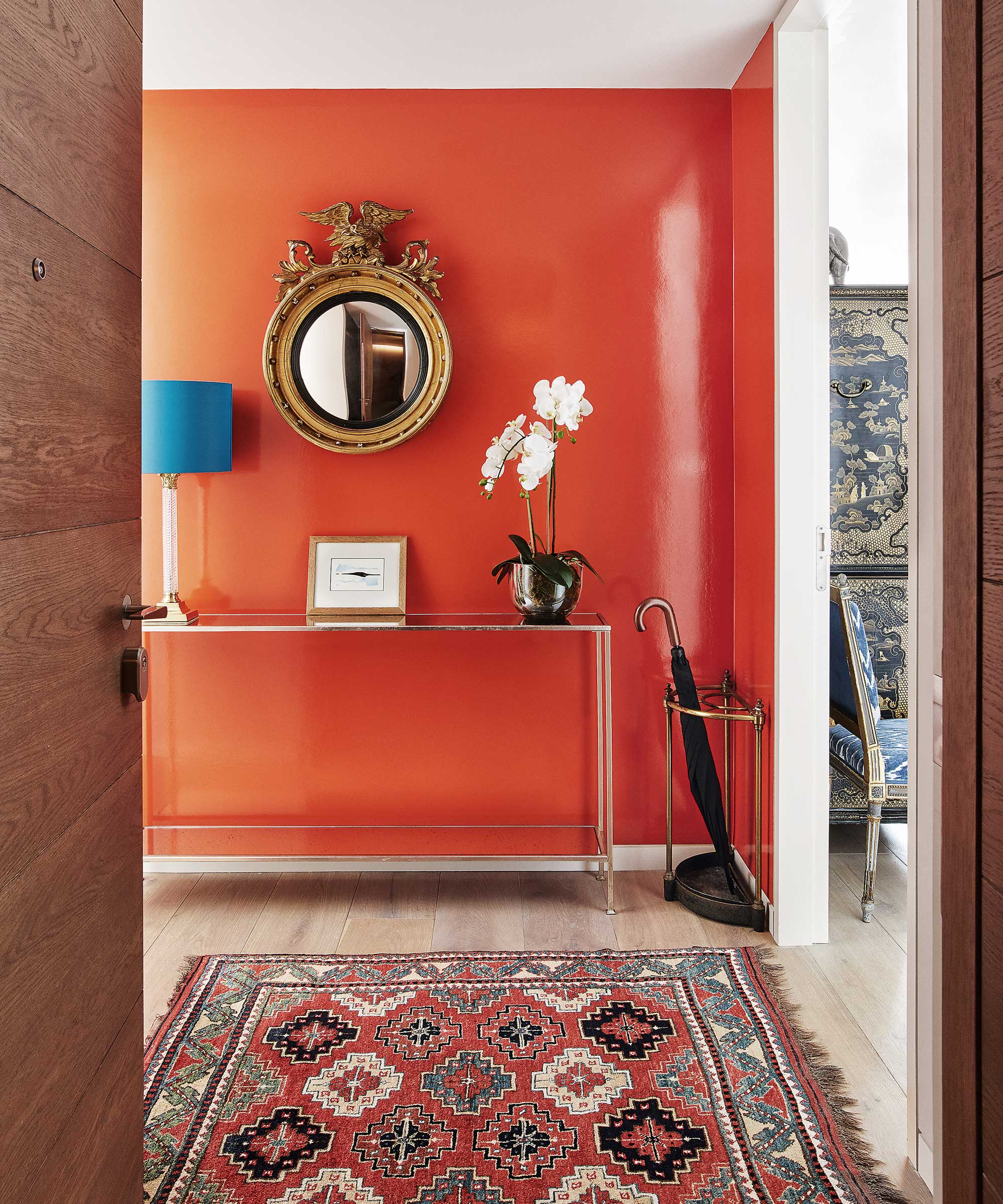
The entrance is the first place I observe when I’m assessing a home. Does it look welcoming? If not, it’s a pointer to problems within.
Plants on only one side suggest the dominance of one person over the other and will often represent what’s happening inside the home, just as dead foliage, cobwebs, grime, abandoned shoes, broken porch lights and doorbells, scruffy paintwork, and a rubbish-strewn entryway all suggest the occupants have little respect for themselves or one another.
If you want to pep up your relationship, or be open to new love coming your way, start by inviting clean, fresh energy into your home by cleaning your entryway and removing entryway clutter.
2. Not enough ‘pair energy’
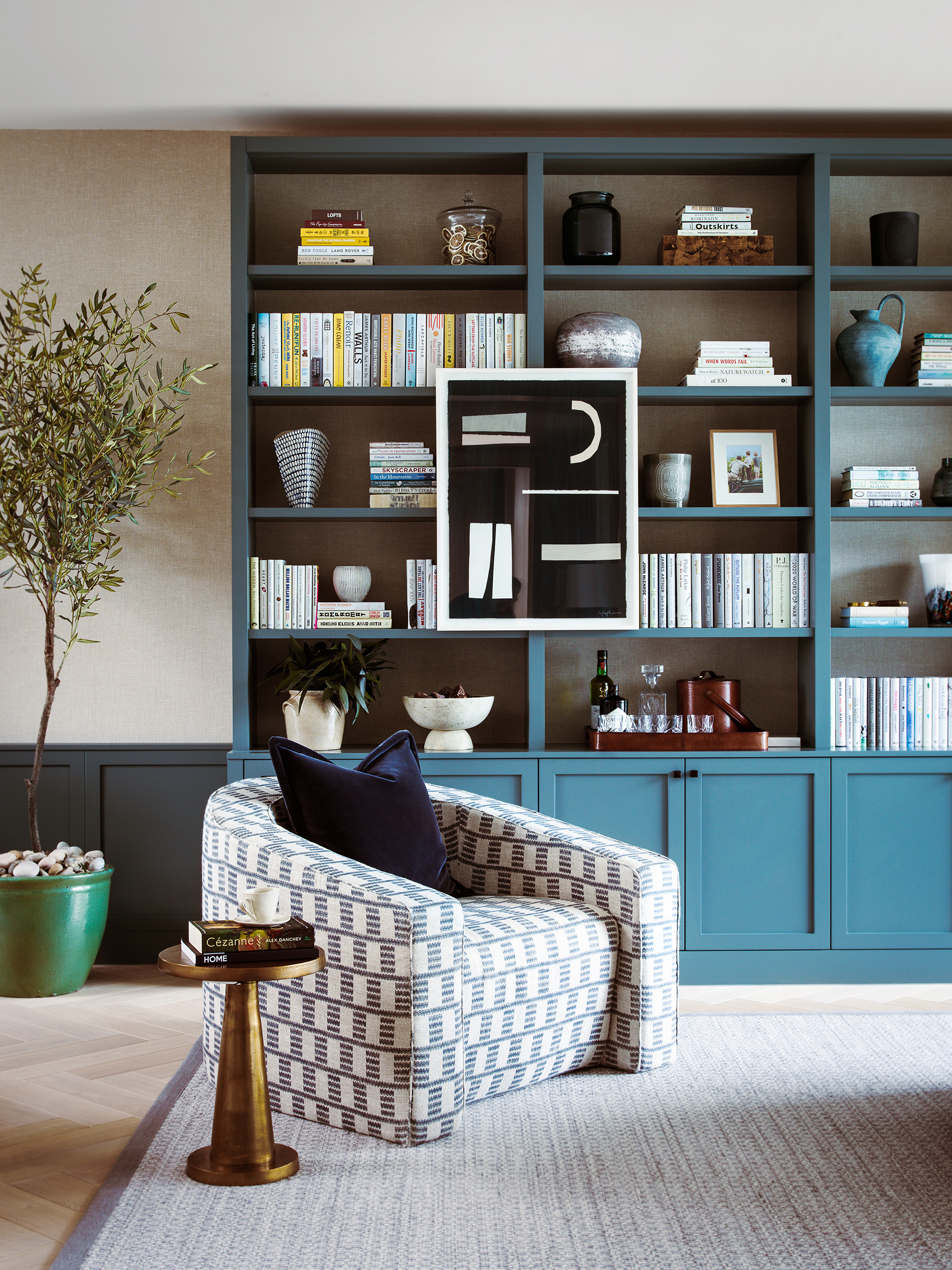
Happy couples tend to purchase items in pairs and think ‘his and hers’ whereas singletons and those who are disenchanted with their partner buy in ones or threes. Think chairs, lamps, cushions, décor items, mugs, and always display in pairs.
Have symmetry in the bedroom on either side of the bed. Matching nightstands and lamps will be more supportive of a balanced relationship. Divorce houses often have mismatched drawers or a table on one side of the bed and nothing on the other because the ex-partner took it with them.
3. Solo art
Solo art is not helping you. I’m including photos, paintings, prints, and posters in this category.
Divorce houses are often full of artwork featuring lonely subjects; for example, a solitary man or woman, an animal, an empty landscape or similar, and this has a twofold impact. It reinforces a sense of loneliness at a subconscious level and secondly, it pushes away a healthy connection with anyone else.
A home with a lot of solo art can feel devoid of love, so while those ‘glow up’ and boudoir shoot photos are fabulous and empowering to have, they may not be adding to the love in your life if you hang them on the wall.
4. Infidelity alerts
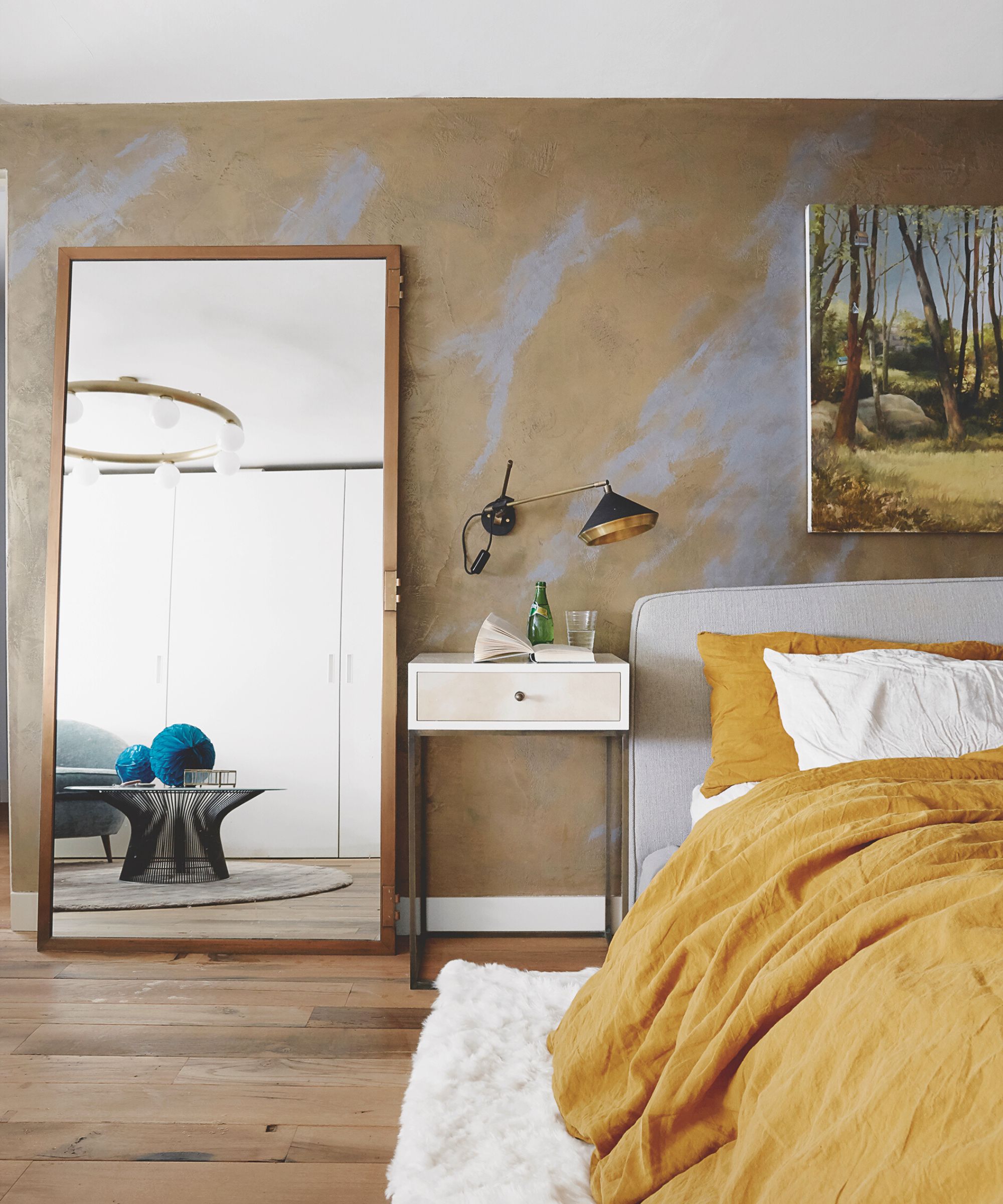
Lots of things to consider here. According to Feng Shui bedroom mirror rules, having a mirror reflecting the marital bed is said to invite in the energy of a third person, which is why Feng Shui consultants don’t recommend mirrored wardrobes and will suggest covering the glass if they can’t be replaced. Decor items displayed in groups of three, while visually rewarding, again draw the essence of an extra person towards the couple.
Working from home at a desk with your back to a door allows people and situations to creep up on you unnoticed. This might be extra workload or a request for divorce which comes out of the blue. Always try to follow desk Feng Shui and position your desk in the ‘command position’ to ensure you have control of what’s happening around you.
The only photos in the master bedroom should be happy photos of the couple together. No kids, parents, or pets! Photos of friends should always be avoided in the bedroom. By preference only display them in the Northwest of the home which is the Feng Shui area for helpful friends.
5. Deities
I’ll focus on the Buddha here as his image is the one most likely to appear in homes. If you are a practicing Buddhist, you’ll already be treating your images with the greatest respect.
However, if you’ve bought a statue and positioned it in your bedroom, bathroom, the southeast or southwest of your home just because it looked good, or you saw something similar in a celebrity’s home, it could well be contributing to your feelings of isolation, celibacy and also creating stress on your wallet! It’s a jaw-dropping moment when I see the telltale signs in a home and accurately describe the challenges in my clients' love lives!
Deities of all faiths should be revered and will carry an incredible energy about them. Treating them as a decor item may result in unexpected consequences. If you have images or statues of the Buddha you no longer want in your home, please deliver them to the nearest Buddhist monastery (there are many around) where they will be cherished.
6. Looking on the bright side of separate bedrooms

Having separate bedrooms gets a bad rap, but contrary to popular opinion, sleeping in separate bedrooms is not a guaranteed road to marital disaster. In some homes, it can be the best solution – not just for snorers, but also to access the most positive energy available in a home. Many of the most happily married couples I know, some of them deeply in love for over 60 years, have their own rooms. The late Queen Elizabeth II slept apart from her beloved Philip, and it seems King Charles and Camilla do the same.
From my perspective, I’m aware that Feng Shui tunes into the energy of each individual, as well as the home itself. If one half of a couple thrives in a bed facing the north while the other is depleted by the same energy, it makes sense to enjoy intimacy and romance without feeling obliged to share a bed all night.
FAQs
What should I do if I live in a ‘divorce house’?
I’m delighted to say I’ve seen clients who I have worked with at Interiors Therapy reignite failing relationships after accidentally moving into a divorce house, and long-divorced women who stayed on in their marital ‘divorce’ house taking the initiative to sort out the energy and fall in love all over again – firstly with themselves and then with a significant other.
It’s a source of constant joy, and balancing a divorce house is an easy fix if you are willing to do the work.
Read more in Suzanne's book Welcome Home: How stuff makes or breaks your relationship, available at Amazon.
Sign up to the Homes & Gardens newsletter
Design expertise in your inbox – from inspiring decorating ideas and beautiful celebrity homes to practical gardening advice and shopping round-ups.

Suzanne is an Interiors Therapist, Feng Shui consultant, and author of Welcome Home, how stuff makes or breaks your relationship. She specializes in understanding the energetic impact of homes and certain possessions may have on all aspects of life, health and relationships, and the ways in which ‘stuff’ can actively prevent people and families from thriving and enjoying the lifestyle they deserve.
-
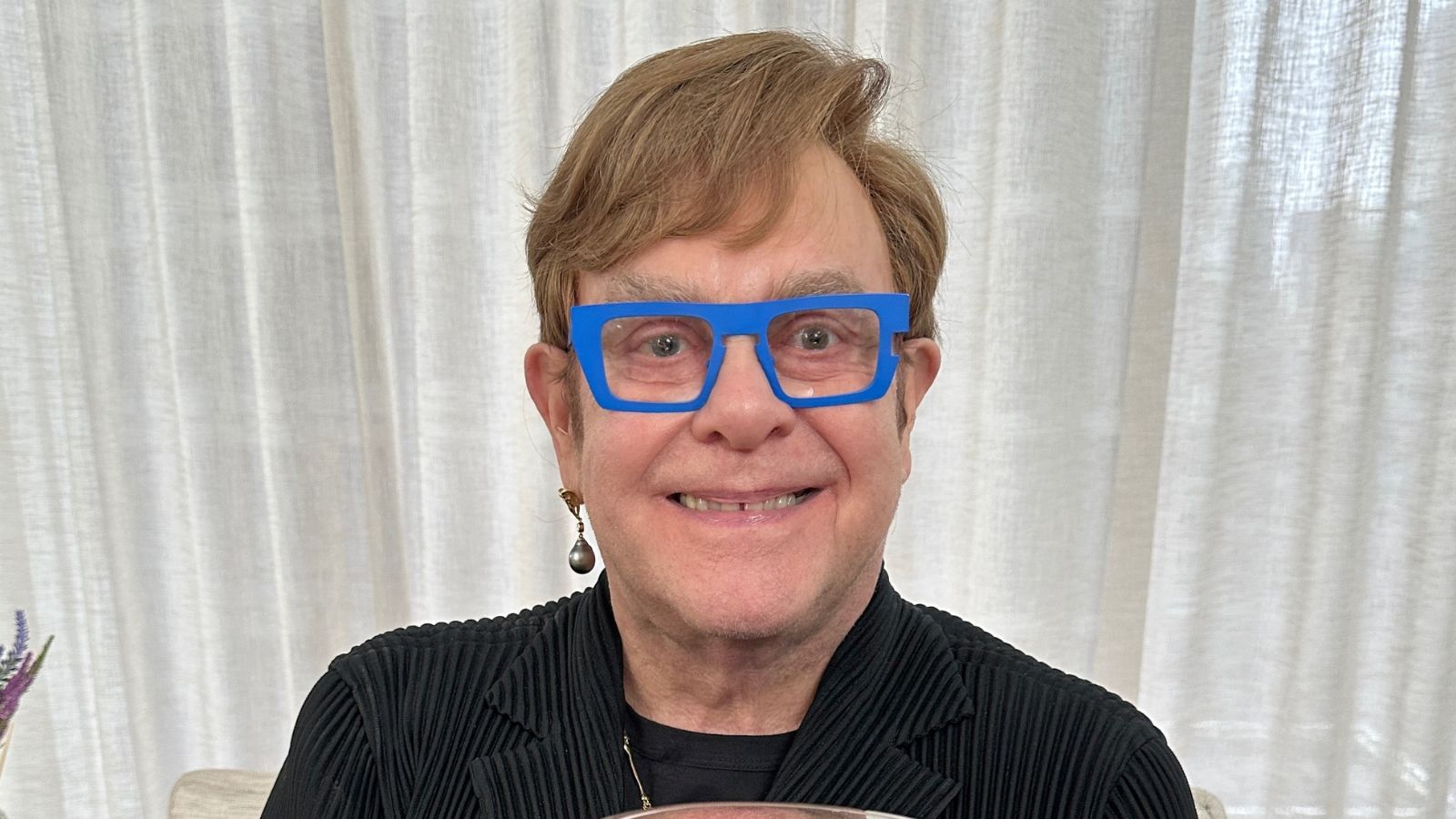 Elton John's home fragrance collection is 'a tribute to the optimism and beauty that spring brings' – and it's under $45 to scent your home this April
Elton John's home fragrance collection is 'a tribute to the optimism and beauty that spring brings' – and it's under $45 to scent your home this AprilSlatkin + Co. teamed up with Elton John to create a home scent inspired by his historic Woodside Estate – they're beautiful, affordable, and selling quickly
By Sophie Edwards
-
 My orchid's leaves haven't wrinkled since moving it to this exact spot in my home – it's the easiest hack to keep these flowering houseplants hydrated
My orchid's leaves haven't wrinkled since moving it to this exact spot in my home – it's the easiest hack to keep these flowering houseplants hydratedDehydrated orchids can perk up again in the environment of a bathroom
By Tenielle Jordison